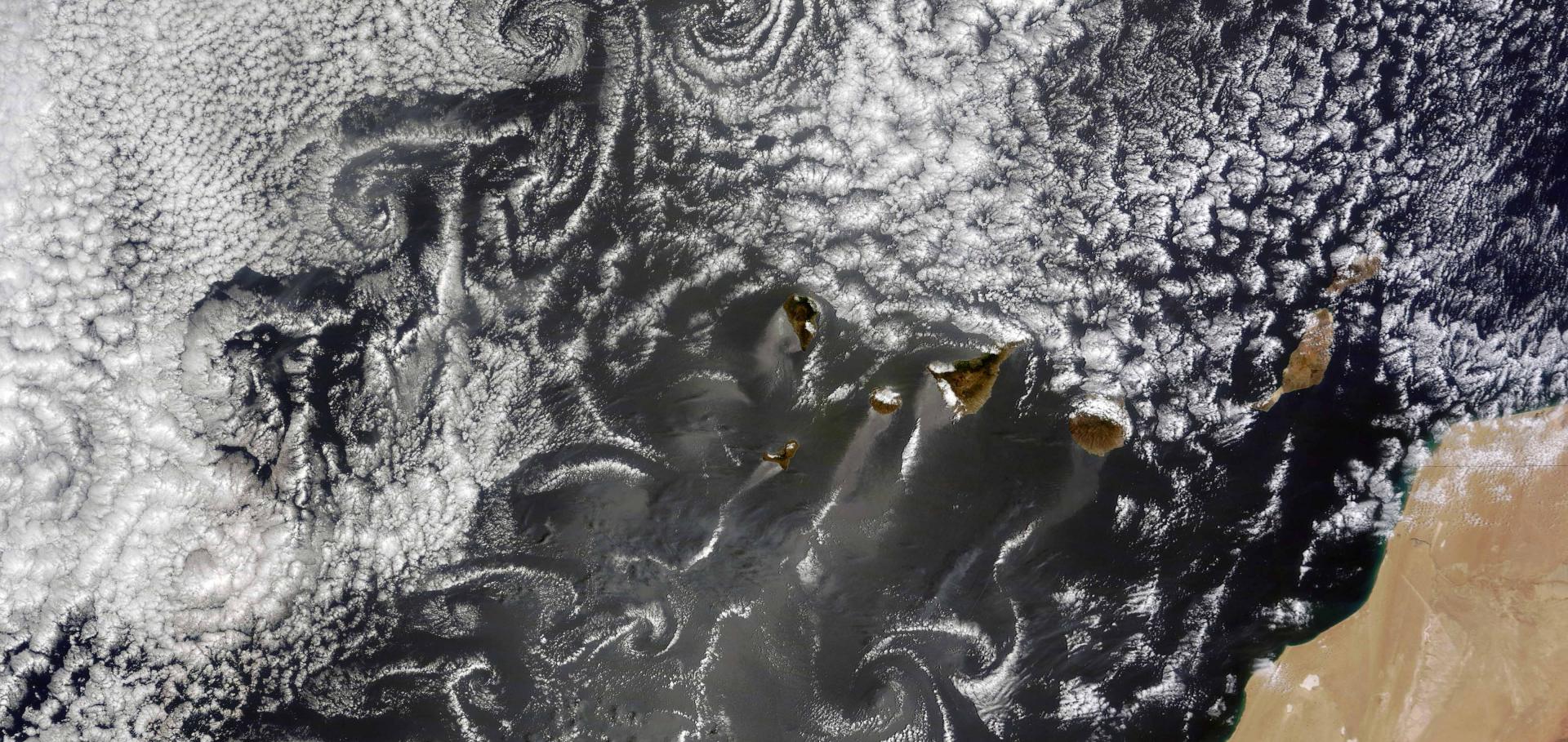Will a perfect model agree with perfect observations? The impact of spatial sampling
Atmos. Chem. Phys. 16 (2016) 6335-6353
On the characteristics of aerosol indirect effect based on dynamic regimes in global climate models
Atmospheric Chemistry and Physics Copernicus Publications 16 (2016) 2765-2783
Abstract:
Aerosol–cloud interactions continue to constitute a major source of uncertainty for the estimate of climate radiative forcing. The variation of aerosol indirect effects (AIE) in climate models is investigated across different dynamical regimes, determined by monthly mean 500 hPa vertical pressure velocity (ω500), lower-tropospheric stability (LTS) and large-scale surface precipitation rate derived from several global climate models (GCMs), with a focus on liquid water path (LWP) response to cloud condensation nuclei (CCN) concentrations. The LWP sensitivity to aerosol perturbation within dynamic regimes is found to exhibit a large spread among these GCMs. It is in regimes of strong large-scale ascent (ω500 < −25 hPa day−1) and low clouds (stratocumulus and trade wind cumulus) where the models differ most. Shortwave aerosol indirect forcing is also found to differ significantly among different regimes. Shortwave aerosol indirect forcing in ascending regimes is close to that in subsidence regimes, which indicates that regimes with strong large-scale ascent are as important as stratocumulus regimes in studying AIE. It is further shown that shortwave aerosol indirect forcing over regions with high monthly large-scale surface precipitation rate (> 0.1 mm day−1) contributes the most to the total aerosol indirect forcing (from 64 to nearly 100 %). Results show that the uncertainty in AIE is even larger within specific dynamical regimes compared to the uncertainty in its global mean values, pointing to the need to reduce the uncertainty in AIE in different dynamical regimes.Challenges in constraining anthropogenic aerosol effects on cloud radiative forcing using present-day spatiotemporal variability
Proceedings of the National Academy of Sciences of USA National Academy of Sciences 113:21 (2016) 5804-5811
Abstract:
A large number of processes are involved in the chain from emissions of aerosol precursor gases and primary particles to impacts on cloud radiative forcing. Those processes are manifest in a number of relationships that can be expressed as factors dlnX/dlnY driving aerosol effects on cloud radiative forcing. These factors include the relationships between cloud condensation nuclei (CCN) concentration and emissions, droplet number and CCN concentration, cloud fraction and droplet number, cloud optical depth and droplet number, and cloud radiative forcing and cloud optical depth. The relationship between cloud optical depth and droplet number can be further decomposed into the sum of two terms involving the relationship of droplet effective radius and cloud liquid water path with droplet number. These relationships can be constrained using observations of recent spatial and temporal variability of these quantities. However, we are most interested in the radiative forcing since the preindustrial era. Because few relevant measurements are available from that era, relationships from recent variability have been assumed to be applicable to the preindustrial to present-day change. Our analysis of Aerosol Comparisons between Observations and Models (AeroCom) model simulations suggests that estimates of relationships from recent variability are poor constraints on relationships from anthropogenic change for some terms, with even the sign of some relationships differing in many regions. Proxies connecting recent spatial/temporal variability to anthropogenic change, or sustained measurements in regions where emissions have changed, are needed to constrain estimates of anthropogenic aerosol impacts on cloud radiative forcing.What controls the vertical distribution of aerosol? Relationships between process sensitivity in HadGEM3–UKCA and inter-model variation from AeroCom Phase II
Atmospheric Chemistry and Physics Copernicus GmbH 16:4 (2016) 2221-2241
Abstract:
What controls the vertical distribution of aerosol? Relationships between process sensitivity in HadGEM3–UKCA and inter-model variation from AeroCom Phase II
Atmospheric Chemistry and Physics 16 (2016) 2221-2241


